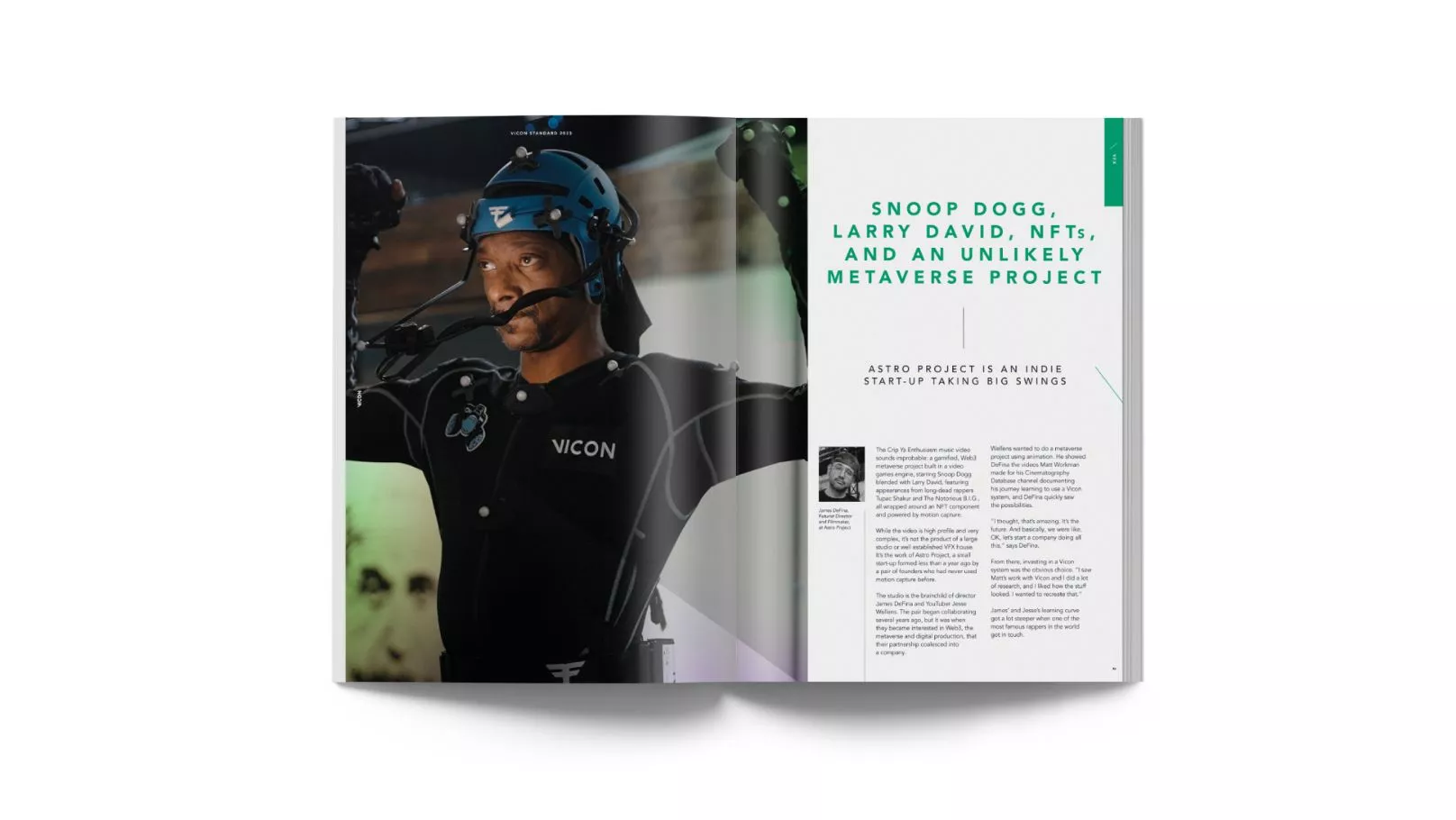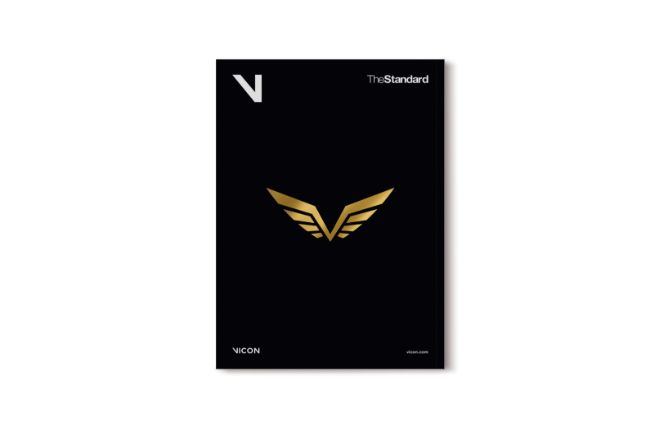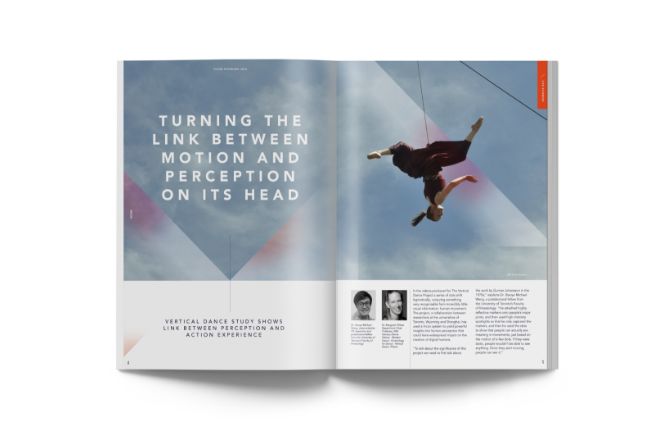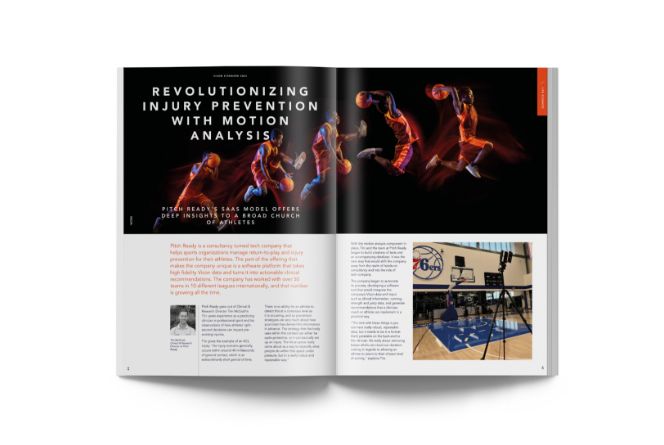There’s a formula to producing most case studies:
Problem > Solution > Outcomes
The bone-dry version of the formula that many businesses produce might, in a pinch, help sell you to a time-poor prospect who knows exactly what they need. But it probably won’t excite them about working with you or buying your product. It certainly won’t inspire them. They won’t show up to your first meeting fired up and ready to go.
Admittedly, not every case study subject sounds like it was spun out of a gonzo cyberpunk novel (see our work on Snoop Dogg, Larry David, NFTs, and an Unlikely Metaverse Project for Vicon) or offers the prospect of profoundly improving lives (Building a Better Prosthetic Foot) or has Batman in the title (Putting the Squeeze on Batman). But they all feature a client with a problem, a journey to solve that problem and a solution.
That’s a story.
We like stories. We’re wired to see them. They’re the structures through which we understand our lives. We’re good at them.
I’m not a big believer in the idea that every visual identity, piece of clothing or plate of curry can or should tell a story. They can contain a lot of information. They might even hint at a story. But they don’t usually, on their own, tell it. The creative industries have done storytelling close to death. But if there’s one place that it’s appropriate to tell a story, it’s where the information you’re trying to get across is literally a story.
For Vicon, the world’s leading motion capture company and one of our favourite clients at Picture Smiths, I approach every case study as I would a feature for a magazine. If possible, I speak to their client. I get under the skin of their project, understand the challenge they’re tackling and how Vicon’s technology is helping them to overcome it.
I probe. I poke around. I ask the client to explain what they’re doing to me like I’m an idiot (it helps that, when it comes to understanding the detail of many motion capture projects I am, functionally, an idiot). I ask about how the project relates to their wider field, to the world, to people. I ask about the things that surprised them.
At the end of the process, I’m left with a lot of information. It’s my job to sift through it and work out what it is that makes this project interesting.
Occasionally, I worry that actually there’s nothing about this project that’s particularly interesting, that the best I can do is provide a blow-by-blow report that shows that yes, Vicon technology works.
But it turns out that there’s always something that makes a project interesting, in the same way that if you spend enough time talking to someone you’ll always find something interesting about them. It might not be the thing that the client thinks is interesting, but that’s why it’s my job to create this case study, not the client’s. I sift out the superfluous technical detail that they’re very interested in but a more general reader is not. I scrape off the jargon. I push the hype to one side.
And somewhere in amongst the mess of detail is a novel approach to motion capture, an advancement in the client’s field, a discovery that could change lives, a signpost to the future. Or maybe there’s a robot that will one day cross the surface of Mars. I’m not saying the job is always like archeology – sometimes the case study writes itself.
But it is always an exercise in imagination – seeing, in the raw material, the narrative elements you need. The client’s journey, their challenges, their solutions, the telling details, the aha moments, the great turns of phrase.
And after I’ve pieced all of those together, yes, we have ‘Problem > Solution > Outcomes’. But we also have something that other people actually want to read. Something that lights up the parts of a reader’s brain that want connection, insight and a richer model of the world. Something human.
Even if the case study you’re building looks, on the surface, like a surefire route to a nap, I encourage you to dig a little deeper and think a little more creatively. I bet you’ll find a richer, more meaningful way to communicate with your readers, and maybe build some connection in the process.



